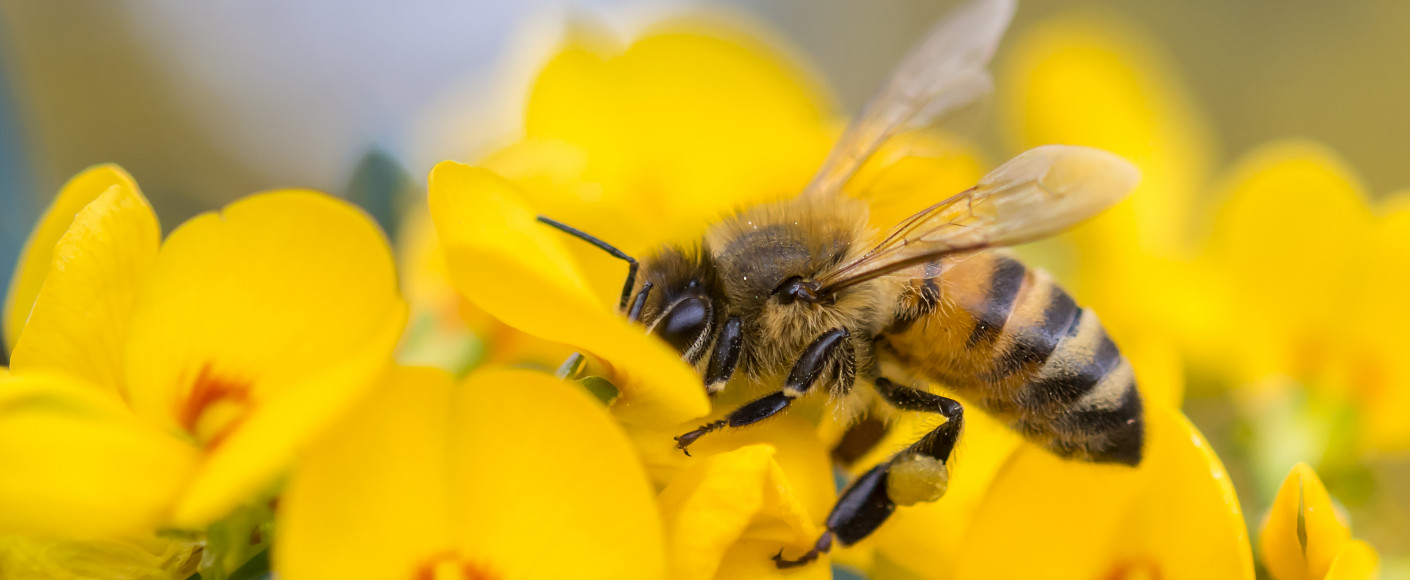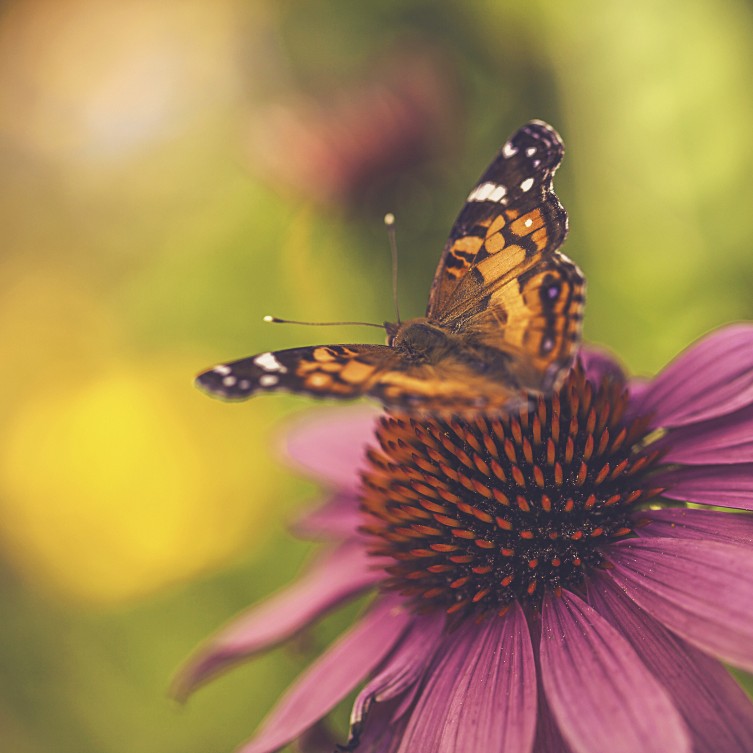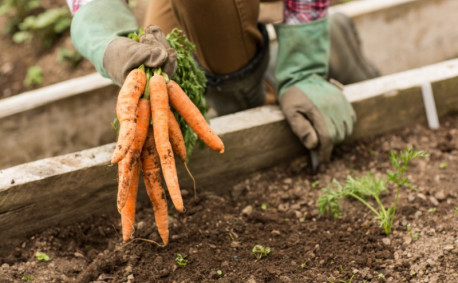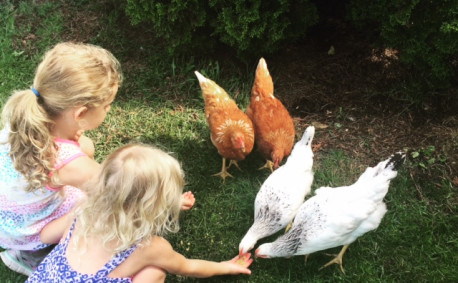The Buzz on Pollinators
A pollinator is any insect or animal, such as bees, birds, butterflies, moths and even bats, that carries pollen from one plant to another. Pollinators are an important part of our ecosystem and help provide us not only with food, but also medicine, spices and fibers.
In the U.S., pollinators enable the growth of at least 90 crops and contribute more than $24 billion to the economy.
But today, pollinators are at risk and so is our food supply.
While researchers haven’t narrowed down the causes of pollinator decline, some common issues include:
- Colony Collapse Disorder: When all adult bees leave their hive and only the queen and immature bees remain, causing the colony to lack in production.
- Winter losses: These losses usually occur to some degree every winter — normally around 18.9 percent. However, in the past few winters, losses have increased in hives, averaging around 29.6 percent, according to the American Farm Bureau Association.
- Loss of habitat: Habitats and food supply for pollinators are declining. Monarch butterflies, another great pollinator, will only lay eggs on milkweed plants and the plants are the primary source of food for growing caterpillars. In the U.S., there is less and less milkweed each year.
How to Help Pollinators
So, what can you do about the declining pollinator populations? Check out the list below to see what you and your family can do to help these important pollinators.
What you can do:
- Grow plants that are native to your area and bloom in different seasons. Pollinators need access to plants year around and the different blooming season will provide that access. Some great Kansas plants are:
- Maple and sumac trees
- Blackberry and raspberry shrubs
- Flowers such as swamp milkweed, aster, violets and goldenrod.
- Plant in bunches, so they are easier for pollinators to see during flight. Plus, they’ll make a beautiful garden!
- Different colors and flower shapes attract different pollinators, so plant a variety of flowers.
- Install houses for birds and bees to settle into. Cover plants like trees and shrubs work well, too.
- Incorporate a water source like a small pond, fountain or birdbath.
For more buzzz about pollinators and plants for your pollinator garden check out pollinator.org.
Your kids will also enjoy getting involved. They’ll love to help plant and play in the dirt, while getting to learn about pollinators. Another great way for them to learn is through this interactive game.





